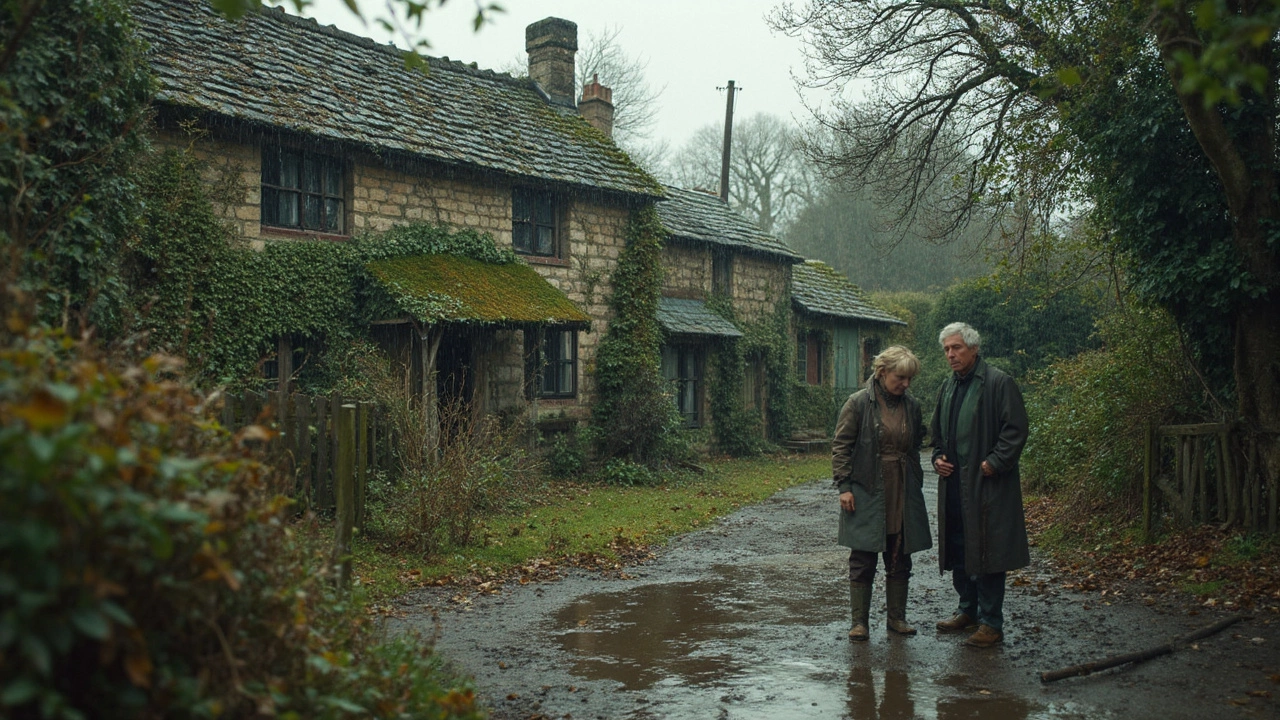Home Drawbacks – What to Watch Out For and How to Fix Them
Buying or renting a house feels like a fresh start, but every property comes with its own set of flaws. Spotting those drawbacks early can save you time, stress, and a lot of cash. Below you’ll find the most frequent problems you’ll meet in a UK home and simple steps to tackle each one.
Structural and Weather‑Related Issues
Leaky roofs, damp walls, and weak foundations are the classic red flags. If you notice water stains on the ceiling after rain, check the roof tiles for cracks or missing bits. A quick DIY test is to run a garden hose over the roof while someone watches inside – any drips mean you need a professional roofer.
Hidden damp can show up as a musty smell or peeling paint. Use a moisture meter (available at most DIY stores) on walls that look darker than the rest. If the reading is high, improve ventilation by opening windows, using extractor fans, and, if possible, installing a breathable paint that lets walls dry out.
Heating, Plumbing, and Energy Efficiency
Old radiators that clang or take forever to heat a room are more than a nuisance; they inflate your energy bill. Bleed each radiator with a key, and if the problem persists, consider fitting thermostatic valves – they cost a few pounds each but cut heating waste.
Check under sinks for slow‑draining water or strange noises. A simple plunger or a bottle brush can clear most minor clogs. For persistent slow drains, a plumber’s snake works better than chemical cleaners, which can damage pipes over time.
Finally, look at your home’s insulation. Feel the walls; if they’re cold to the touch, you probably have poor insulation. Adding a layer of PIR board under the loft floor or installing draught excluders around doors can drop heating costs dramatically.
By keeping an eye on these common drawbacks, you’ll keep your home comfortable and avoid surprise repair bills. Remember, a quick inspection now pays off with peace of mind later.
